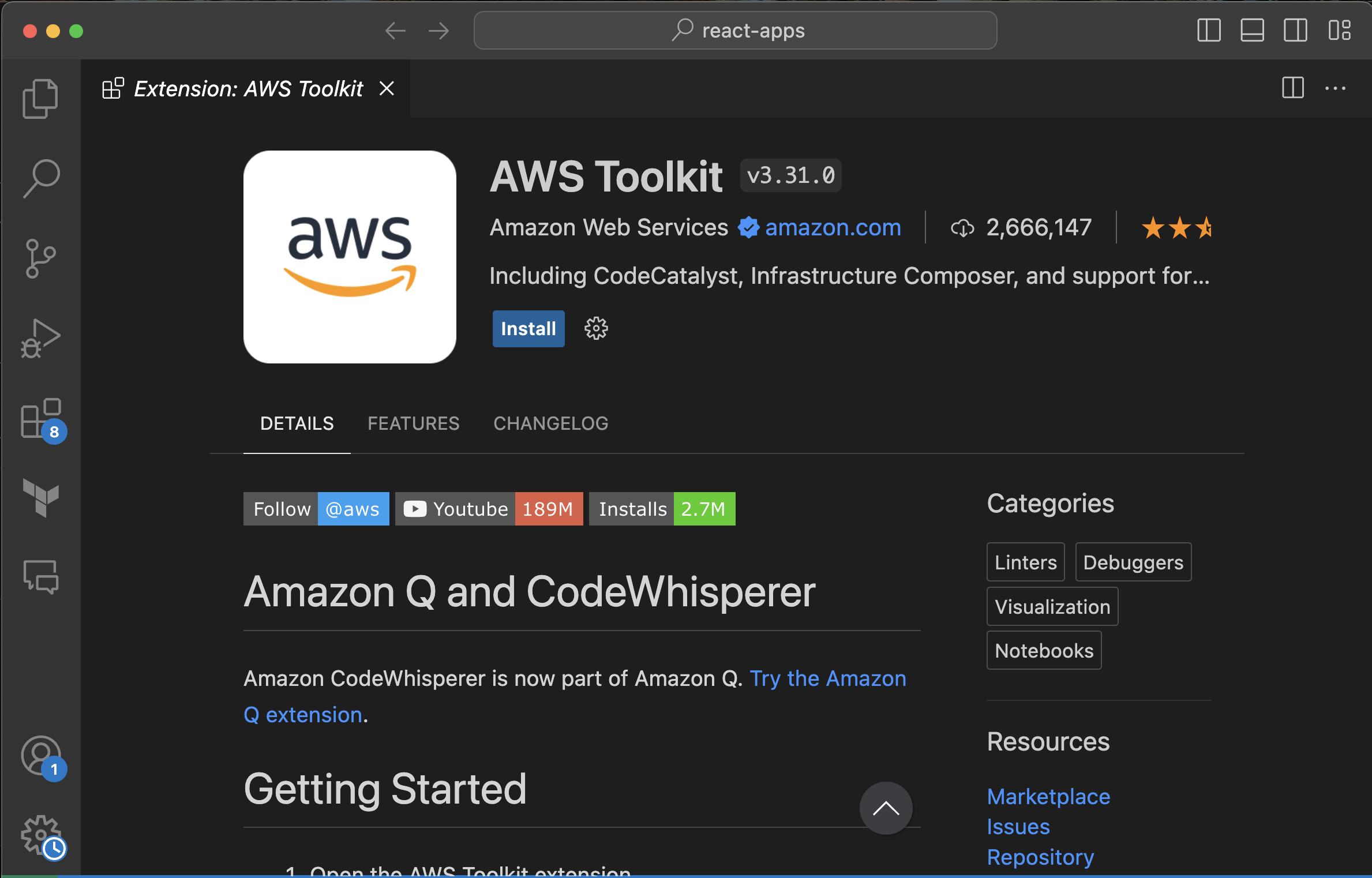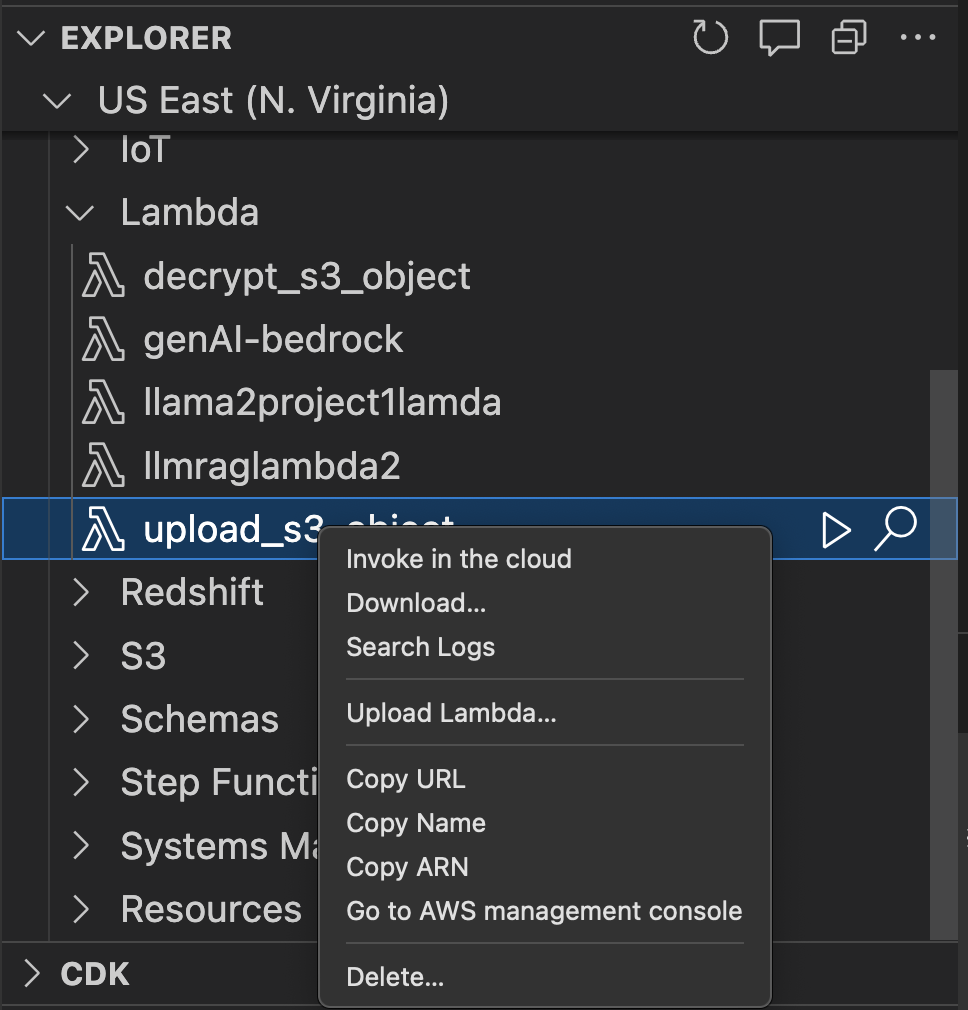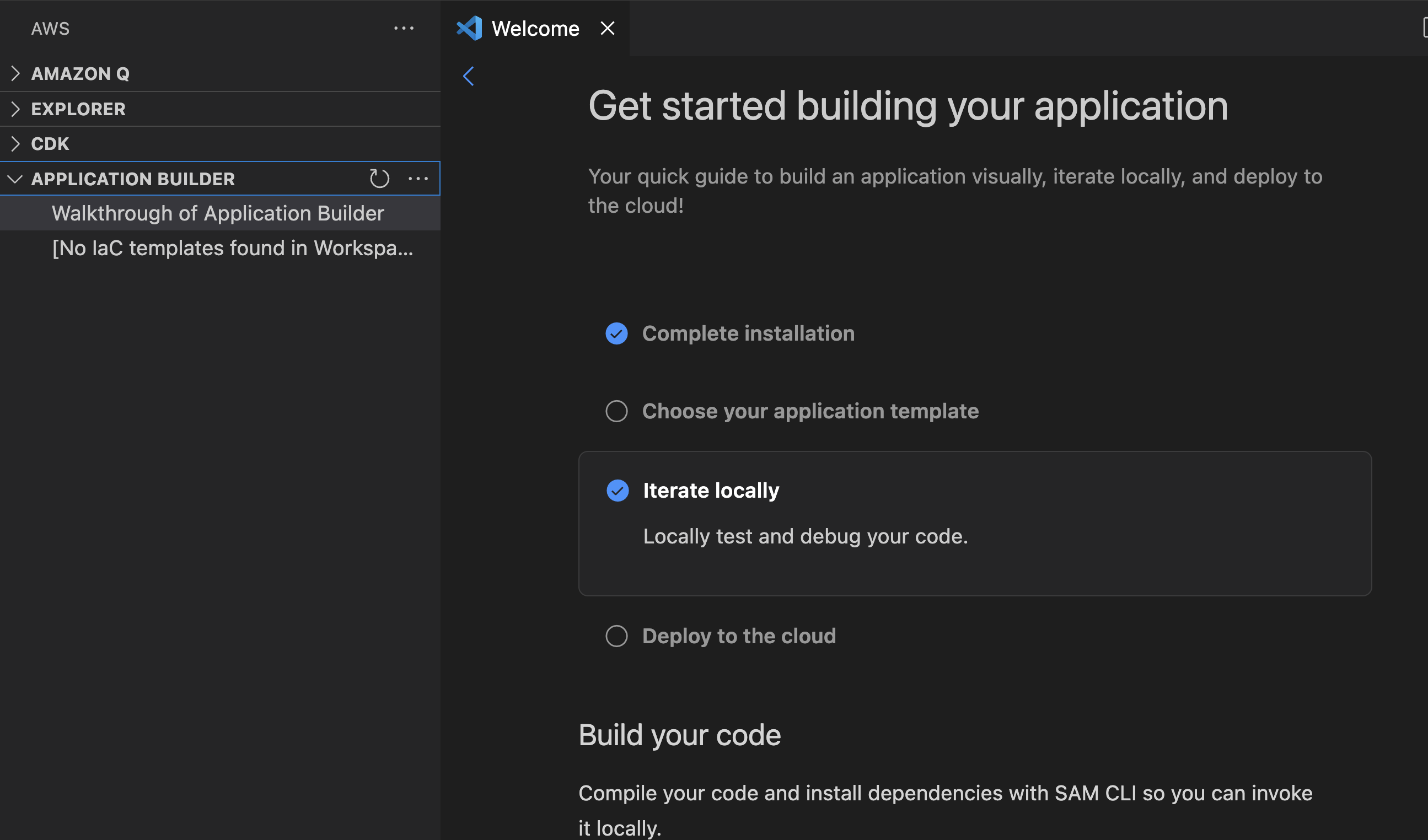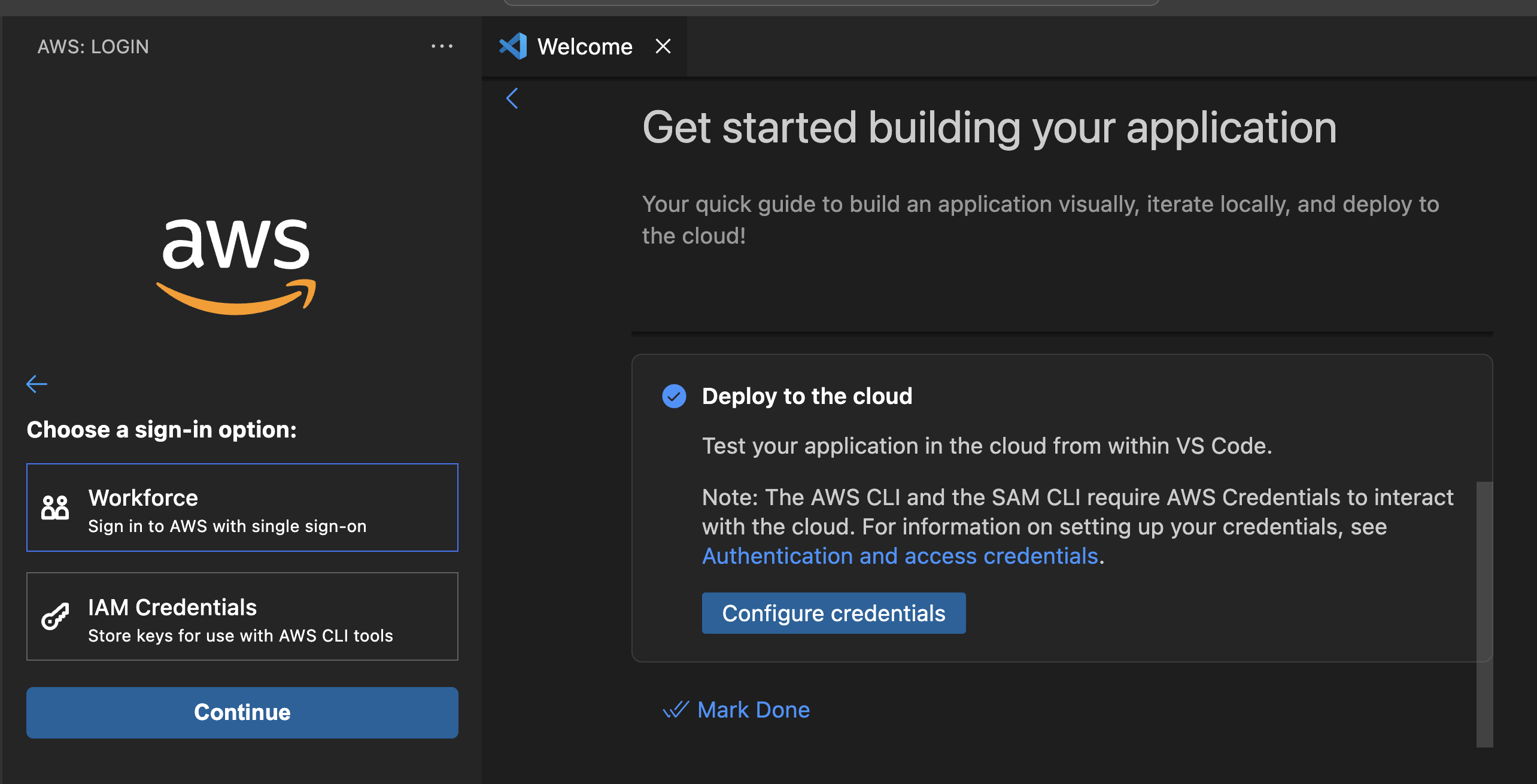AWS Lambda Enhances Local IDE Experience With AI Support
Learn how to deploy code to AWS Lambda directly from Visual Studio using the AWS Toolkit for seamless development and testing.
Join the DZone community and get the full member experience.
Join For FreeAWS Lambda is enhancing the local IDE experience to make developing Lambda-based applications more efficient. These new features enable developers to author, build, debug, test, and deploy Lambda applications seamlessly within their local IDE using Visual Studio Code (VS Code).
Overview
The improved IDE experience is part of the AWS Toolkit for Visual Studio Code. It includes a guided setup walkthrough that helps developers configure their local environment and install necessary tools. The toolkit also includes sample applications that demonstrate how to iterate on your code both locally and in the cloud. Developers can save and configure build settings to accelerate application builds and generate configuration files for setting up a debugging environment.
With these enhancements, you can sync local code changes quickly to the cloud or perform full application deployments, enabling faster iteration. You can test functions locally or in the cloud and create reusable test events to streamline the testing process. The toolkit also provides quick action buttons for building, deploying, and invoking functions locally or remotely. Additionally, it integrates with AWS Infrastructure Composer, allowing for a visual application-building experience directly within the IDE.
If anyone has worked with AWS Lambda, you will find IDE is not developer-friendly and has poor UI. It's hard to make code changes in the code and test from the present IDE. On top of that, if you don't want to use AWS-based CI/CD services, automated deployment can be a bit challenging for a developer. You can use Terraform or Github actions now, but AWS came up with another better option to deploy and test code AWS Lambda code.
Considering these challenges, AWS Lambda recently announced the Visual Studio integration feature, which is a part of the AWS toolkit. It will make it easier for the developers to push, build, test, and deploy the code. This integration feature option uses Visual Studio.
Although it still has restrictions on using 50 MB code size, it now provides a better IDE experience similar to what Visual Studio will be like on your local host. This includes dependencies installation with extension, split screen layout, writing code and running test events without opening new windows, and live logs from CloudWatch for efficient debugging. In addition, Amazon Q's in the console can be used as a coding assistant similar to a co-pilot. This provides a better developer experience.
To start using Visual Studio for AWS Lambda:
1. You should have Visual Studio locally installed. After that, install the AWS Toolkit from the marketplace. You will see that the webpage will redirect to Visual Studio and open this tab. You can go ahead and install this.

2. After installing the AWS Toolkit, you will see the AWS logo on the left sidebar under extensions. Click on that.

3. Now, select the option to connect with your AWS account.

3. After a successful connection, you will get a tab to invoke the Lambda function locally. As you can see below, this option requires AWS SAM installed to invoke Lambda locally.

After login, it will also pull all your Lambda functions from your AWS account. If you want to update those, you can right-click on the Lambda function and select Upload Lambda. It will ask you for the zip file of the Lambda function.

Alternatively, you can select samples from the explorer option in the left sidebar. If you want to go with remote invoke, you can click on any Lambda functions visible to you from the sidebar.

4. If you want to create your own Lambda function and test the integration, you can click on the Application Builder option and select AWS CLI or SAM.

If you want the Lambda code to deploy to the AWS account, you can select the last option, as shown in the above screenshot. After that, if you log into your AWS account, you will be asked to log in.
Then, it will let you deploy AWS code.

This way, you can easily deploy AWS code from your IDE, which can be convenient for developer testing.
Conclusion
Lambda is enhancing the local development experience for Lambda-based applications by integrating with the VS Code IDE and AWS Toolkit. This upgrade simplifies the code-test-deploy-debug workflow. A step-by-step walkthrough helps you set up your local environment and explore Lambda functionality through sample applications. With intuitive icon shortcuts and the Command Palette, you can build, debug, test, and deploy Lambda applications seamlessly, enabling faster iteration without the need to switch between multiple tools.
Published at DZone with permission of Anuj Tyagi. See the original article here.
Opinions expressed by DZone contributors are their own.

Comments